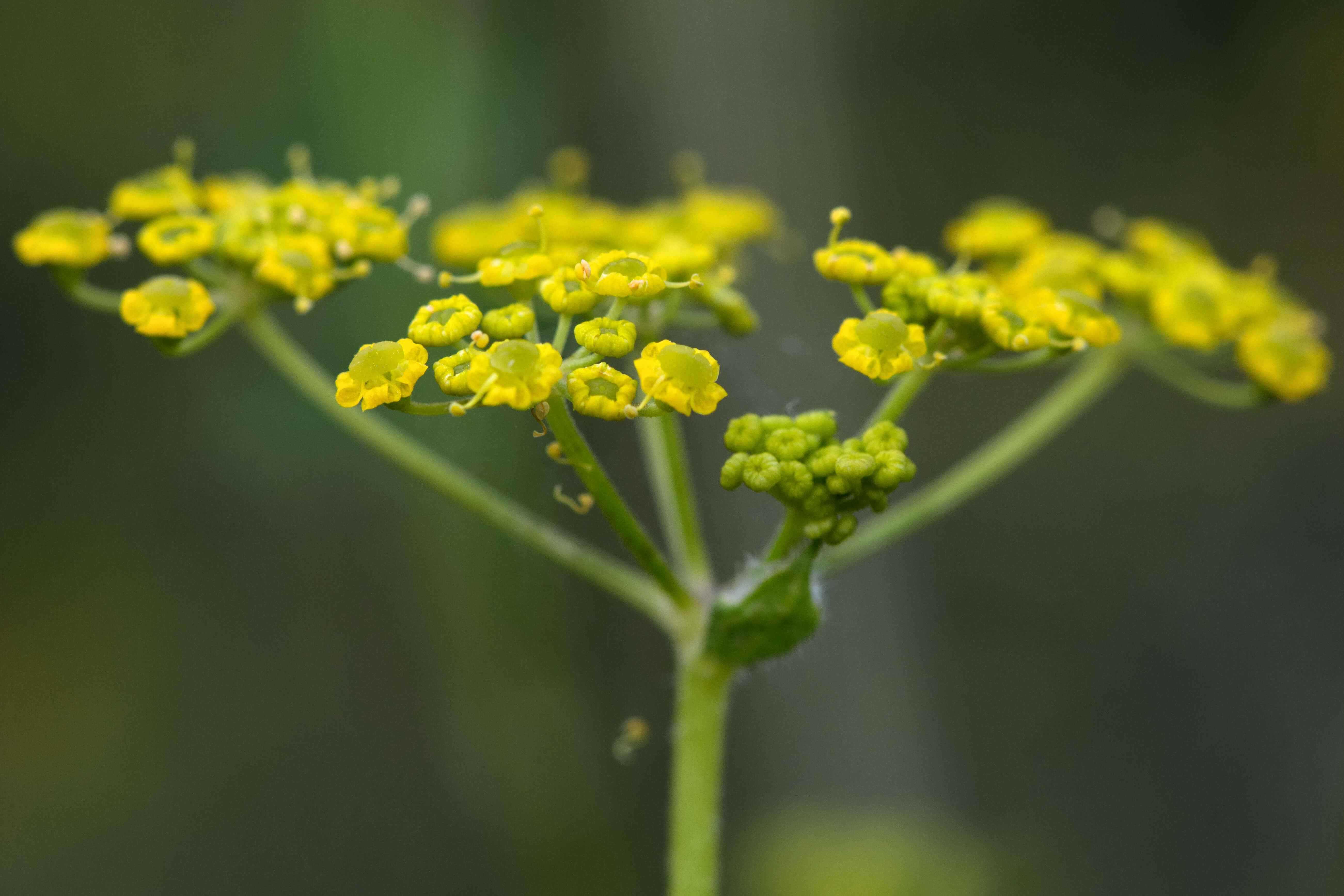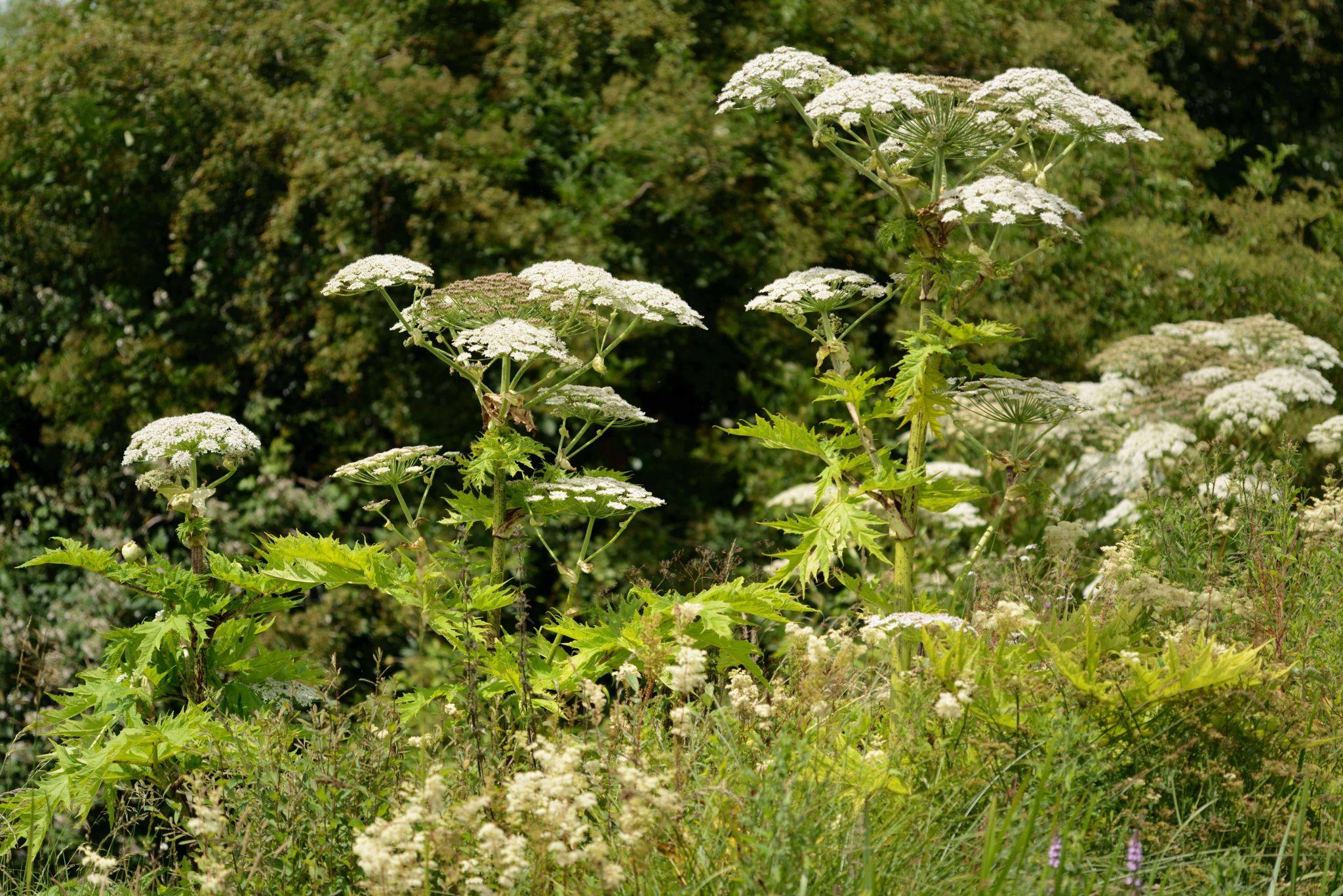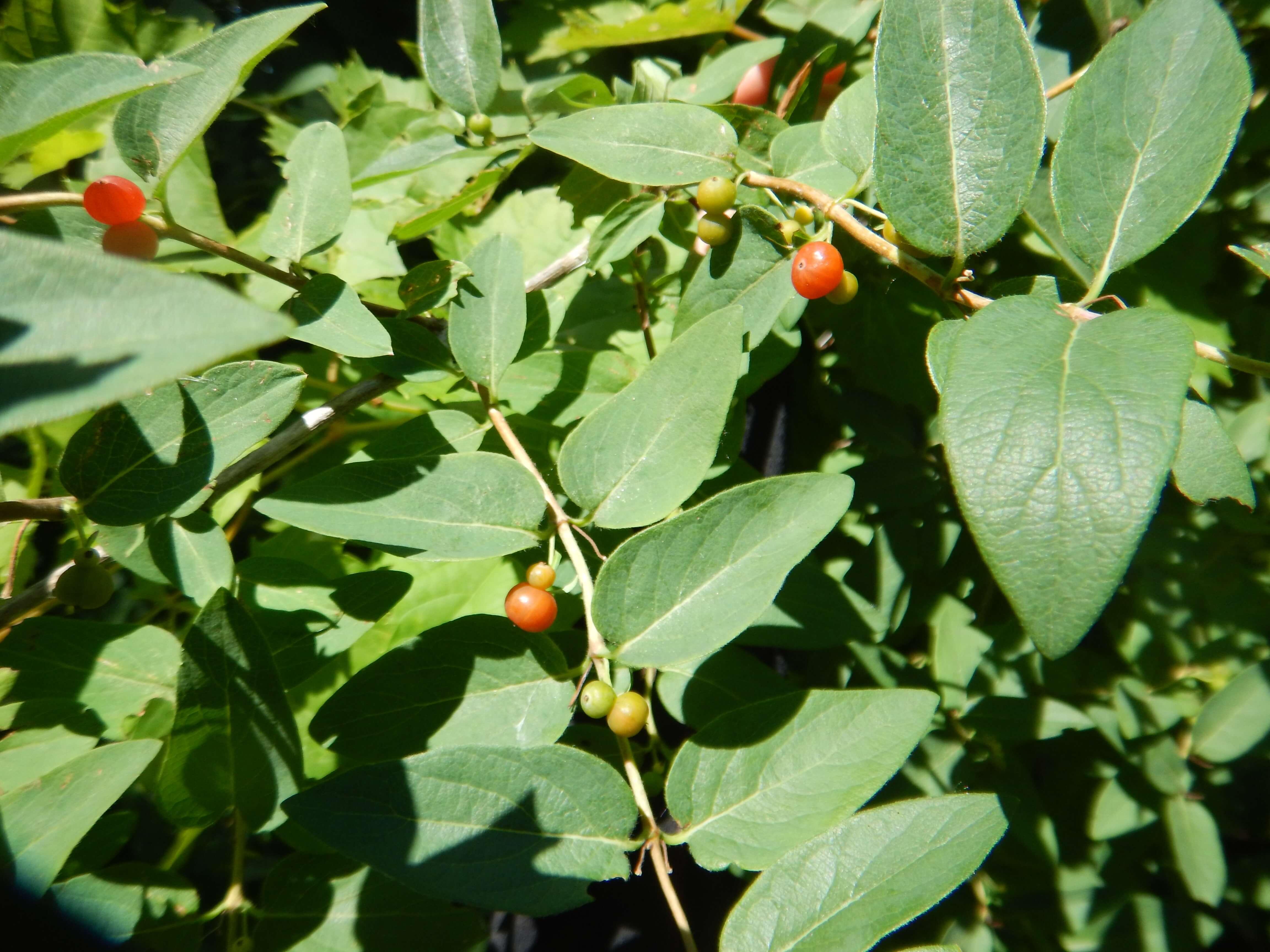Every year, we answer people’s questions about harmful plants in the region. We are often asked what plants are harmful, where they can be found on NCC lands and how to identify them.
Poison ivy and wild parsnip can be found on NCC lands in grassy areas, woods, open forests, near shorelines, in ditches, and along roads, trails and paths. Giant hogweed has not yet been reported on NCC lands, although it is present in Ontario and Quebec.
These three harmful plants cause a reaction on human skin. Here are a few pointers on how to identify these plants, as well as some tips to avoid coming into contact with them.
How to identify harmful plants

Poison Ivy
Poison ivy is a green plant with three leaves that grows to varying heights. Some plants are very small, and others can be up to one metre high.

Wild Parsnip
Wild parsnip is in leaf until June. In July, during its blooming period, it produces a beautiful yellow flower, which later dries and produces seeds. This plant can grow to between half a metre and one metre high.

Giant Hogweed
Giant hogweed grows to a height of more than three metres. It produces white flowers on a thick stem covered with reddish-purple flecks.
Tips
Here are a few tips to avoid coming in contact with harmful plants.
- Don’t touch plants.
- Know about what grows in the places you are visiting.
- Stay on the official trails, which are maintained to a width of at least one metre on each side.
- Keep pets on a leash.
- Wash boots, shoes and pants if you think you may have come into contact with a harmful plant species.
And finally, please inform the NCC about the presence of any harmful and invasive species on its lands. Two applications, Sentinelle (French only) and EDDmapS, are tools that can help with identification, and we would recommend using them.

Invasive alien plants in the Capital
Over 60 invasive alien plant species have been recorded on NCC lands.
NCC experts are very familiar with the effects associated with harmful plants. Public awareness is the best way to reduce the risk to human health.